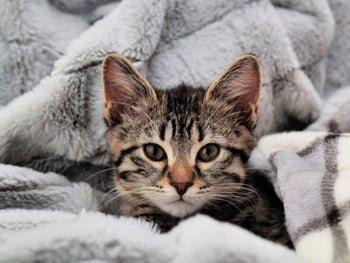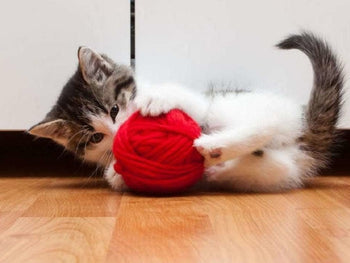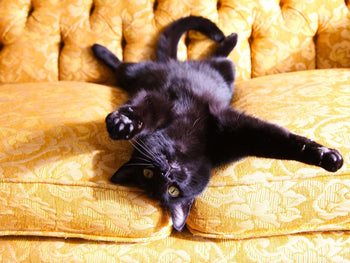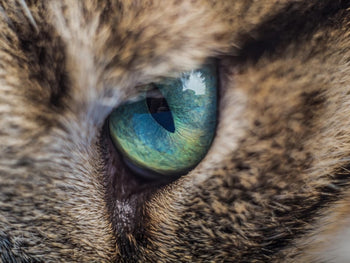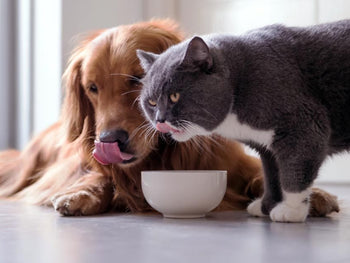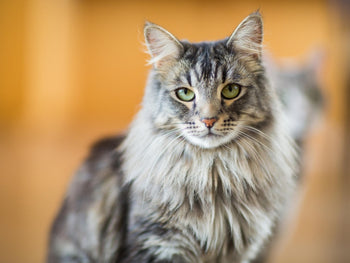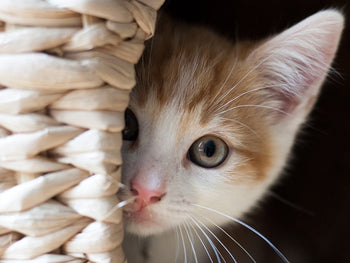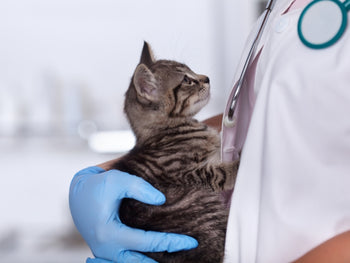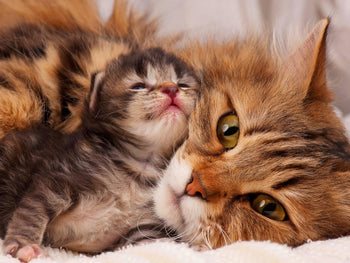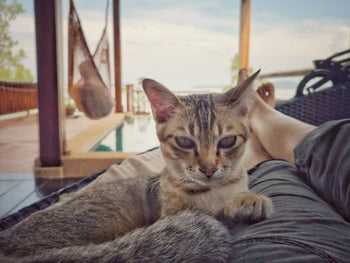Your cat paw pad is incredibly soft and squishy when being touched. That’s why many people, love him or not, like rubbing his paws or having his paw pad fiddled with. For any cat paw-rubbing-addicted cat lovers out there, growth on cat paw pad – horns on some of your cats’ paws might be what really draws your attention.
Allowing your cats to walk almost like without touching the ground and smoothly across different kinds of terrain, aiding in hunting their prey and maintaining their balance as well as giving you a happy time touching, rubbing, or fiddling with, cats’ paws, not surprisingly, make us, whether pet lovers or not, excited. So much exciting so that many decide to pet a cat just because they love its soft squishy feeling when touched and its indescribable elasticity! For all cat owners, especially newbies, growth on cat paw pad might be what really draws your attention.
Why Do Cats Need Paw Pad?
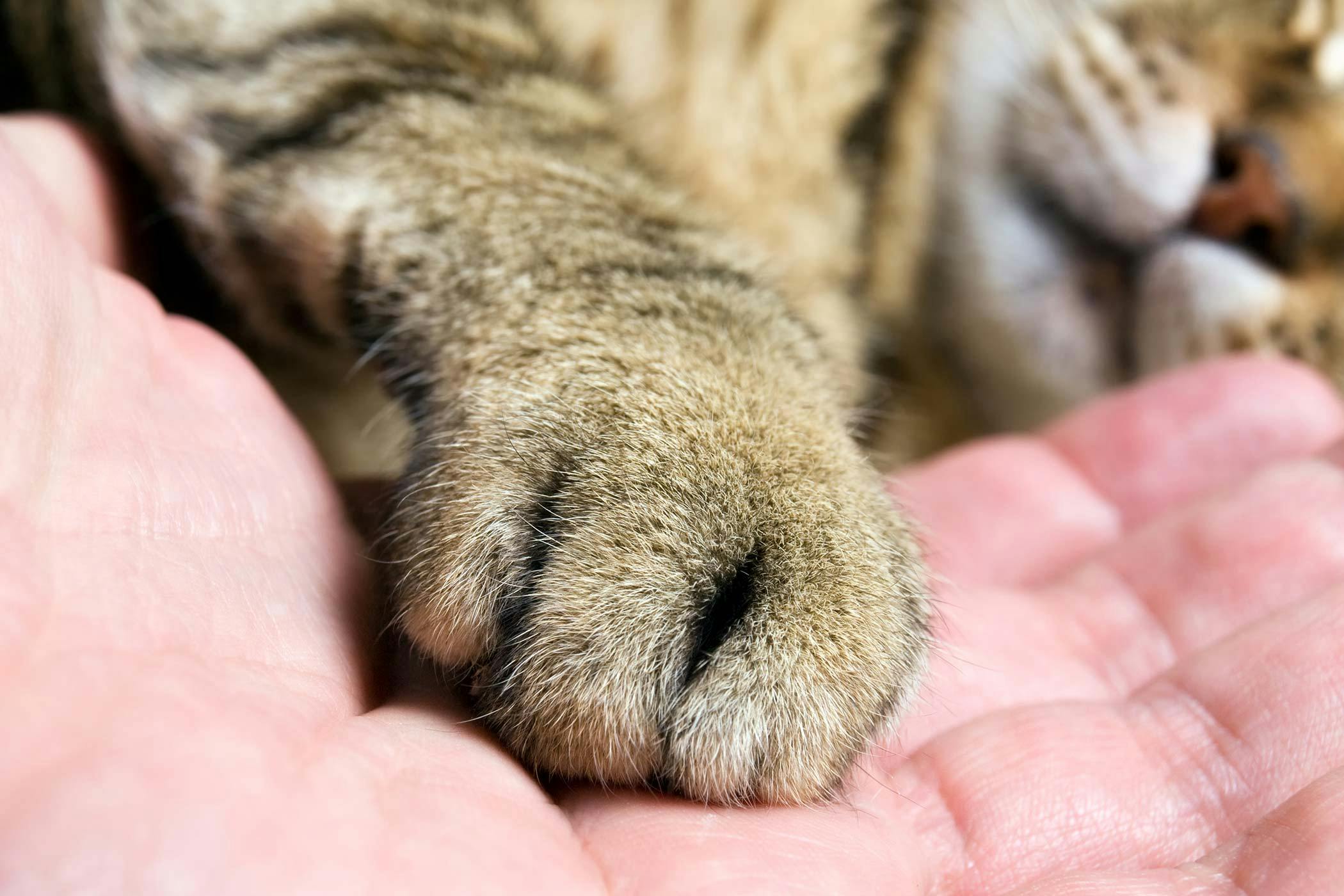
More than a decorative item or something to make others feel good, cats’ paws play various essential roles.
Hide the sound of footsteps
Your four-legged buddies' paw pads help them hunt their prey and smoothly navigate different terrains, even the toughest ones. It is not exaggerating to say that cats are excellent at walking without making any footstep noises. A cat’s ability to walk excessively quickly and quietly is thanks to the balance and stability provided its squishy paws. Some pet experts even make a comparison between your lovely four-legged friends’ paw pad with finely tuned sensory organs and nice shoes with good insoles.
The large concentrations of nerve receptors carry off their task as a traction and friction provider as well as a shock absorber so wonderfully that you cats can apparently walk soundlessly without having their claws coming into contact with the ground.
Environmental and food sensor
It would not be too much for anyone to say that taking your adorable furry friend's cute little paws for granted is popular but not many cats like their paws being pushed, rubbed or kneaded, or fiddled with. Not only really sensitive, but those little cat paw pads are also susceptible to a lot of different conditions. Thanks to these nerve receptors and long fur growing in a cat’s feet, he/she can easily feel the texture and get the feeling of any unpredicted upcoming strange events. Paw pads’ elasticity and their sensibility to pressure, heat, and vibrations also mean that cats can avoid their paws being injured and evaluate the existence and quick access of their prey.
Play a role as a hand
Even though front flexible paw pads cannot fully perform as people’s hands, they help cats touch toys, pull them much closer towards themselves, and to catch them.
Can Pets Develop Problems With Their Paw Pads?
We might all know that tough keratinized epithelium accounts for a large part of cat paw pads, but it does not mean they can protect themselves from all kinds of damage. In contrast, a cat's cute little paws are susceptible to a lot of different conditions. Ranging from yeast infections to immune-related disorders, limping and mild pain, potential cat paw diseases include pillow foot, Nail and Paw Infections, eosinophilic granuloma, and Plasma Cell Pododermatitis– all of which can become infected if not properly treated.
Something You Need To Know About Growth On Cat Paw Pad
What Causes The Growth On Cat Paw Pad?

Growth On Cat Paw Pad
No one but your reliable vet knows exactly what causes the growth on cat paw pad. Often, it is a consequence of an underlying condition – which might be squamous cell carcinoma. Even though since the cutaneous horns are identified, a large number of infected cats are negative for both feline immunodeficiency virus and feline leukemia virus, their infection is always suspected to be linked to the cause.
How Can You Realize The Growth On Cat Paw Pad?
The cause of the growth on cat paw pad might be unknown but the symptoms are easy to notice. Cats with the growth on their paw pad still have otherwise normal feet and toes. However, don’t let the normality fool you! Observe carefully and you will find that each toe has an extra set of tiny claws which grow underneath your cats’ usual claws or some stunted paws curving a little bit upward toward this normal one.
Check us out for other astounding cat tips & facts
What Can Cat Owners Do When Growth On Cat Paw Pad Is Diagnosed?

What Can Cat Owners Do When Growth On Cat Paw Pad Is Diagnosed?
Once growth on cat paw pad is diagnosed, cat owners should take their furry friend to a reliable vet to monitor their claws to see whether there is an extra one growing into their paw pad or not, a change in texture, or a change in color. You should also be asking your vet about these unusual claws removal and whether it is essential or not.
What are the key things to look for? Some of them might be abrasions, cuts, cracks, bleeding, or swelling of your cat paw pad as well as its surrounding area. Your lovely furry friend might also excessively lick a hurt paw pad following any strenuous outdoor or indoor activity or tell you that they are having a hard time bearing weight, running, or simply walking on rough terrain. Once any of these signs are noticed, the sooner you bring your pet to your dedicated vet, the sooner they come back to a happy and healthy life!
What Can Cat Owners Do In Order To Prevent The Growth on Cat Paw Pad?
All with the sole aim of augmenting the odds of survival, cat paw pad plays different important roles. You may just like the feeling of touching it or playing with it but your friends need it to have a happy life. Taking them to your vet office right after you find something strange is good but taking care of them more is better. Love them more and try your best to protect them from paw damage!
Read more Healthy Cats Guide and find useful cat stuff at CattyBox!
